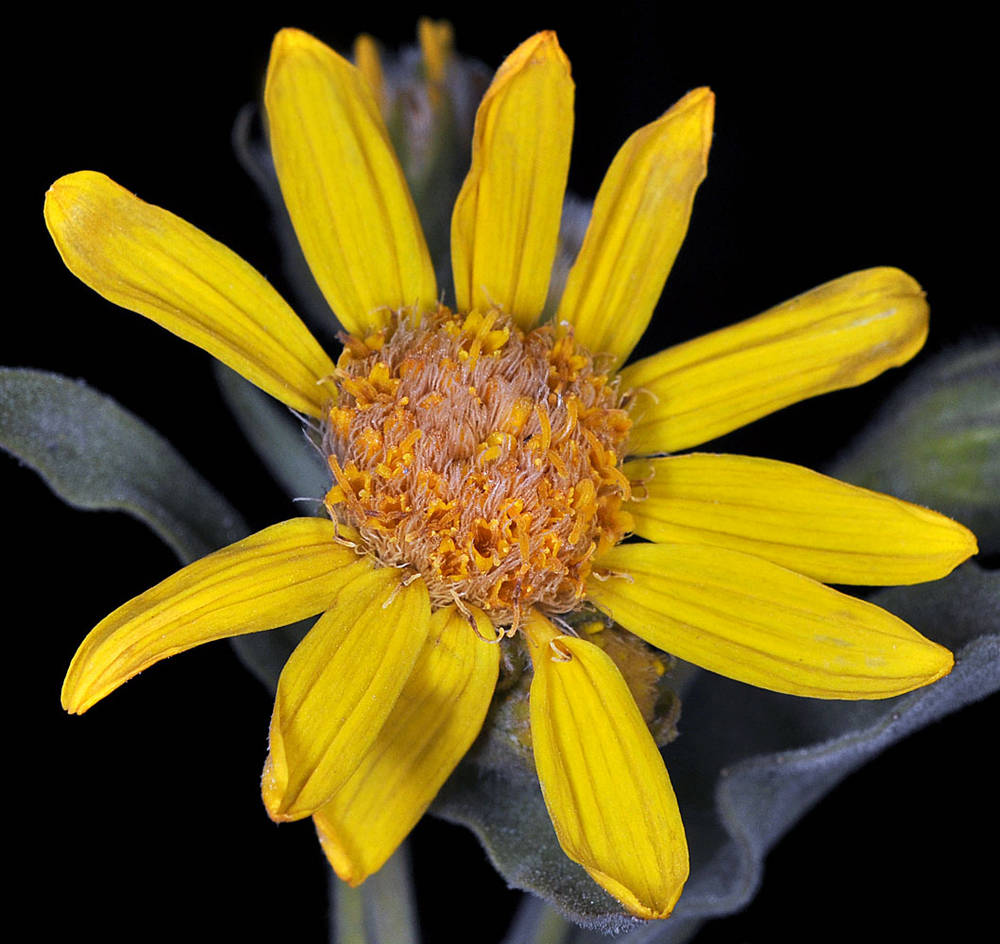Arnica longifolia
longleaf arnica, seep-spring arnica
simple or branched, glandular-puberulent, sometimes glabrate proximally.
small, withering early.
5–7 pairs;
blades lanceolate to narrowly lance-elliptic or linear, 3–15 cm, mostly 5–10 × as long as wide, bases truncate or attenuate;
margins entire to obscurely or minutely denticulate;
veins branching laterally;
tips acute or acuminate;
surfaces glabrous to glandular-puberulent or gland-dotted, sessile or lower short-petiolate.
pilose or glandular-puberulent.
campanulate or hemispheric, 7–10 mm.
8–13;
rays 10–20 mm, yellow.
15–60;
corollas 7–9 mm, yellow.
narrowly lanceolate or oblanceolate to elliptic or linear;
surfaces glabrous to minutely scabrous or pilose, usually glandular-puberulent.
columnar, 3–7 mm, brown or black, glabrous to sparsely hispid or stipitate-glandular;
pappus bristles 5–7 mm; straw-colored or brownish, barbellate or subplumose.
radiate.
=57, 76.
Arnica longifolia
Open coniferous forests, mixed woods, streambanks, lakesides, talus slopes, meadows. Flowering Jun–Sep. 900–3000 m. BR, BW, Casc, CR, ECas, Owy. CA, ID, NV, WA; north to British Columbia, northeast to Alberta, east to WY, southeast to CO. Native.
Kenton Chambers
- Local floras:
BC,
CA,
OR,
WA
- Local Web sites:
CalFlora,
CalPhotos,
Flora NW,
PNW Herbaria,
Turner Photog.
WildflowerSearch
iNaturalist (observations)
USDA Plants Database
- LBJ Wildflower Center
- SEINet
- Plants of the World Online
- Encyclopedia of Life
- Wikipedia
- Google Image Search



